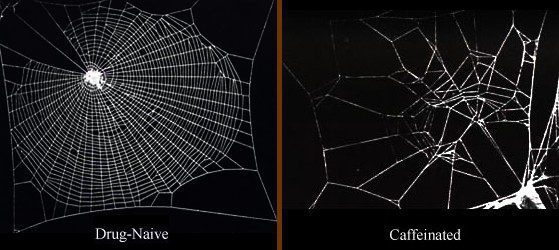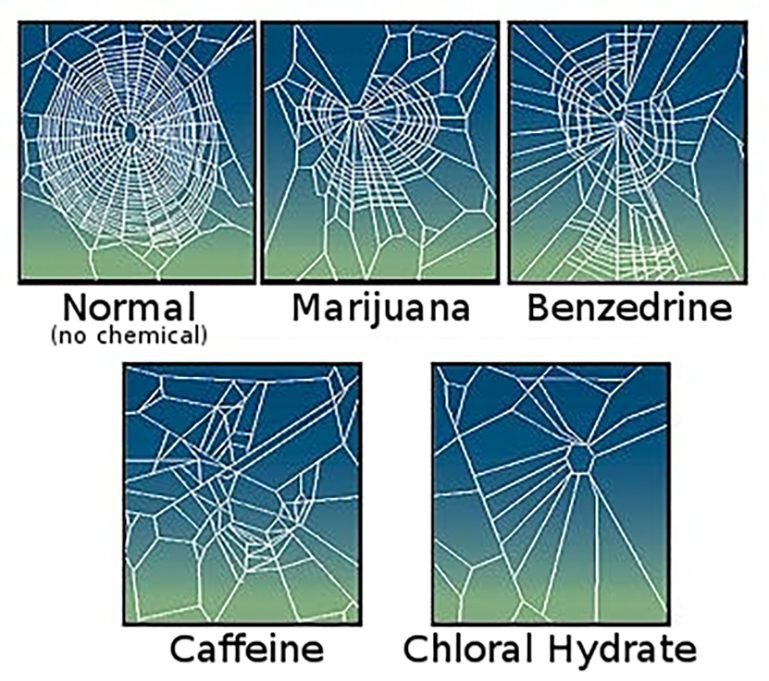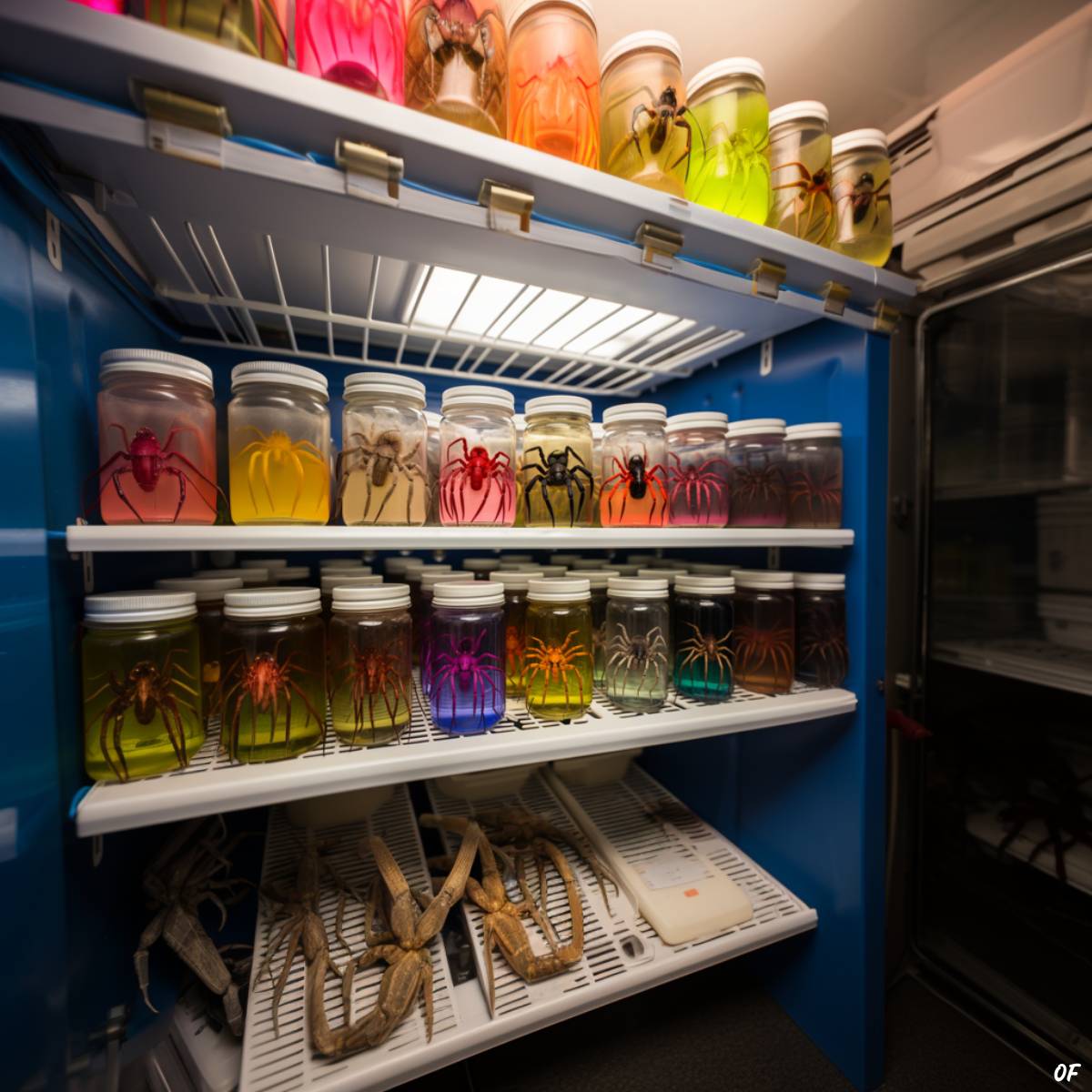In the twilight of the 1940s, Swiss scientist Dr. Peter Witt found himself in a fascinating quandary. His lab partner’s complaints about uncooperative spiders during web-building experiments sparked an ingenious idea—what if the arachnids were drugged? This unorthodox approach not only relieved the frustrations in the lab but ultimately spun a new direction for Witt’s research, propelling him into the remarkable realm of pharmacologically influenced spiders.
Exploring an array of mind-altering substances—including marijuana, cocaine, sleeping pills, and magic mushrooms—Witt embarked on a unique chemical journey with his eight-legged subjects. While these experiments didn’t yield the desired results, they offered valuable insights into how these substances impacted a spider’s cognitive abilities, particularly their intricate web-spinning craftsmanship. As predicted, low doses disrupted the spiders’ construction capabilities, but at high doses, the effects were stunning—entirely dismantling their web-building proficiency.
Circles became spirals; beautiful, even threads became an unkempt rope; and acid annihilated the sense of direction of spiders on drugs. Webs created by spiders high on acid couldn’t catch a fly, and even if they could, the spaced-out arachnids couldn’t find their way to them.

As Witt reported, “When a spider’s central nervous system is drugged, the insect faltered as a man intoxicated by alcohol weaves an erratic course down the street.”
Despite its unique premise, Witt’s research lost momentum due to limited practical applications and dwindling interest, fading into obscurity by the late 1970s. However, an unexpected revival occurred in the 1990s when none other than NASA decided to reanimate the studies on drug-induced spiders. The reasoning behind NASA’s interest in these pharmaceutically altered arachnids remains a mystery. A link between their research and immediate space exploration applications isn’t readily apparent.
Harnessing the power of modern technology for a comprehensive examination, NASA published a report in 1995 that not only echoed Witt’s experiments but yielded similar outcomes. Among the various revelations, NASA discovered that spiders under the influence of excessive caffeine spun the least effective webs—rendering their chances of ensnaring flies as likely as a llama winning the Kentucky Derby. In essence, caffeine emerged as a potent psychoactive disruptor in the spider world.

The research on spiders on drugs persists, with scientists keen on unraveling how chemicals reshape these arachnids’ brains and behaviors. Intriguingly, spiders’ altered actions don’t seem to stem from learned behavior but rather from fundamental shifts in brain chemistry. As we delve deeper into these chemical intricacies, we inch closer to unlocking the enigma of addiction and addictive behavior, opening a new chapter in our understanding of the mind.


